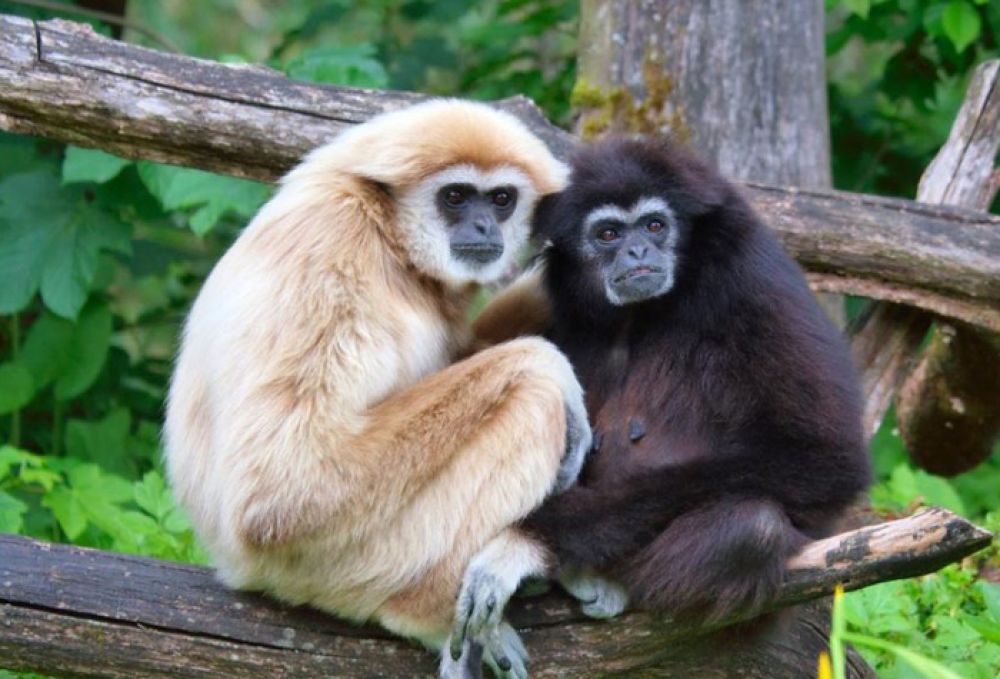

Nestled in the vibrant landscapes of Nagaland, the Intanki Wildlife Sanctuary stands as a testament to India's commitment to conservation and nature tourism. This sanctuary, located near Dimapur, offers visitors an encounter with northeastern India's unique biodiversity and tribal culture.
The history of tourism in Intanki Wildlife Sanctuary is intertwined with the conservation efforts in Nagaland. Established in the year 1993, Intanki has been a protected area serving initially as a reserve forest before it was reclassified, reflecting its importance as a biodiversity hotspot and a haven for wildlife enthusiasts. The sanctuary has been under the purview of the Forest Conservation Act, with concerted efforts made to protect its rich flora and fauna.
Tourism in Intanki took shape gradually, as the world began to realize the value of sustainable ecotourism and the sanctuary's role in preserving rare species. Initially visited by researchers and conservationists, Intanki began to draw the attention of domestic and international tourists seeking to explore the less-traveled paths of India.
Heralded for its lush forests housing species such as the Great Indian Hornbill and the Hoolock Gibbon, Intanki is also a habitat for various other species of birds, mammals, and plants — some of which are endemic to the region. As visitors trek through the sanctuary's diverse terrains, they can catch glimpses of rare animals like the barking deer, sambar, and the rare tiger.
Moreover, Intanki is not only a sanctuary for wildlife but also a cultural haven for the Naga tribes. It offers a cultural journey to its visitors who can experience the traditions and lifestyle of the indigenous communities that live in harmony with nature.
With the rise of eco-conscious travel, Intanki Wildlife Sanctuary has seen a shift in tourist demographics. The latest trend is the growing number of responsible tourists who emphasize minimal environmental impact and seek immersive experiences with local cultures. Homestay programs, guided nature walks, and bird watching tours are becoming increasingly popular among visitors wanting to support sustainable tourism and community livelihoods.
To accommodate these trends, there have been gradual increases in eco-friendly lodging options and local guides offering in-depth knowledge about the sanctuary's ecosystem. This shift is helping to ensure that tourism revenue contributes to the sanctuary's preservation and the welfare of nearby communities.
To visit Intanki Wildlife Sanctuary, tourists must obtain permits from the Forest Office in Nagaland. The best time to visit is from November to February, during the cooler and drier months, when wildlife spotting is at its best. Being a remote destination, visitors are recommended to prepare for limited access to amenities and cellular connectivity, embracing the tranquility of the pristine natural environment.